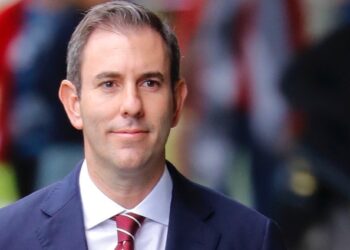
Currently, people have low account balances on average, and tend to take their super as a lump sum, she said.
But as account balances grow – partly due to the increase in the superannuation guarantee to 12 per cent – the demand for products such as annuities, deferred annuities, transition-to-retirement pensions and allocated pensions will rise, Reynolds said.
“What products do we need, what incentives do we need for people to develop products, and what incentives do we need for people to take them, rather than a lump sum?” Reynolds asked.
The roundtable will also discuss the increase in the concessional contributions cap to $50,000 for people under 50 with account balances of less than $500,000.
“A number of funds have raised that the administration side of that is going to be too difficult. They ask: ‘How do you keep track of the fact that the person has an account balance under $500,000?’,” Reynolds said.
Another proposed solution is to make the cap $35,000 across-the-board, she said.
“I don’t see this as being the issue that people are making it out to be. Most people have got way under $500K. It’s the minority of people who have got over $500K, and most of those people are in self-managed super funds,” Reynolds said.
The roundtable is a continuation of the Tax Forum held in Canberra late last year, and it is expected to conclude in December 2012.




